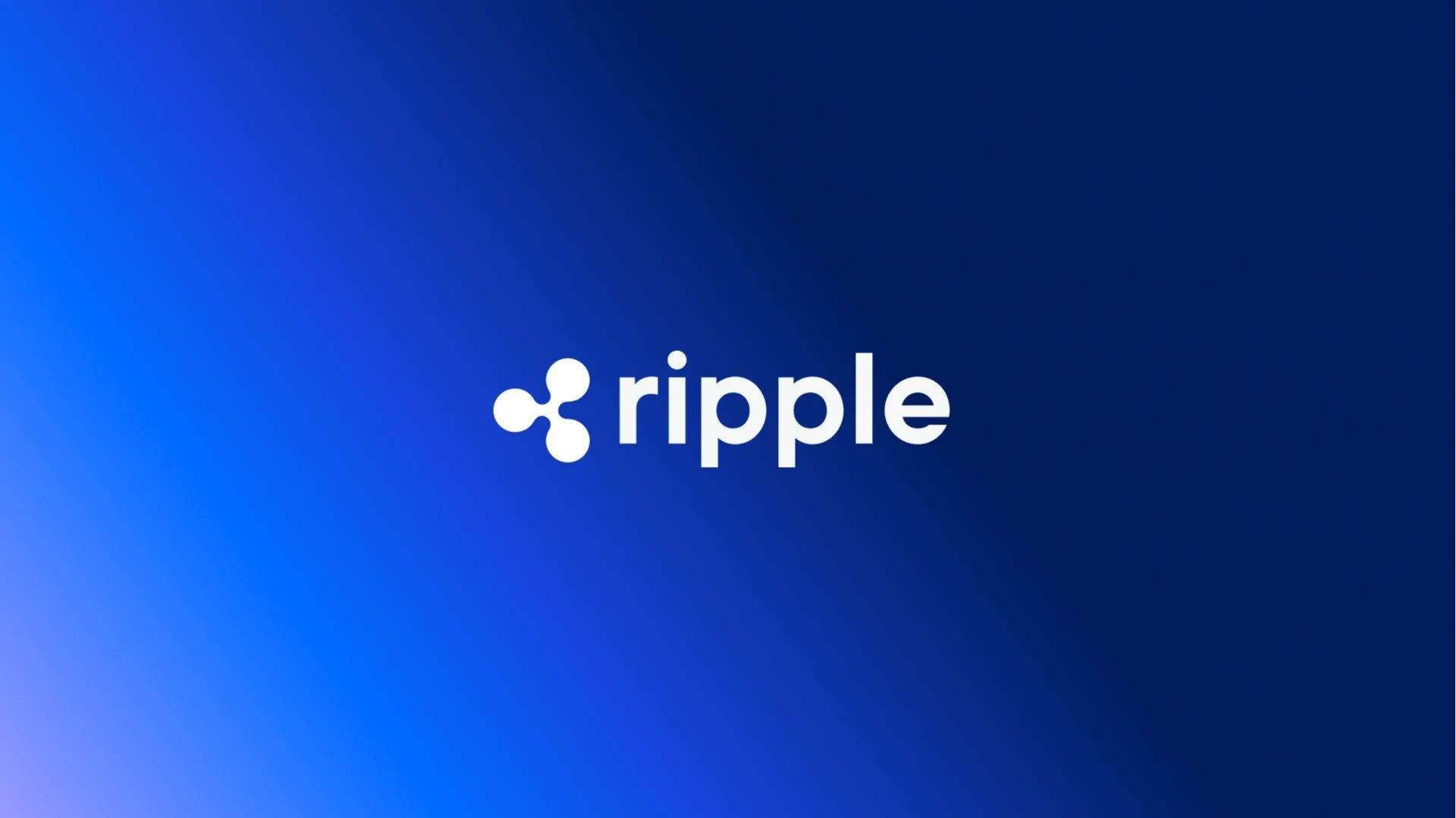Ripple has launched a “Permissioned DEX” on the XRP Ledger (XRPL), enabling regulated financial institutions to trade cryptocurrencies while maintaining full compliance with KYC/AML requirements.
The move aims to promote institutional adoption of decentralized finance (DeFi), allowing banks, fintechs, and corporations to access the XRPL’s native decentralized exchange through credential-gated trading environments.
How The Ripple DEX Works
The Permissioned DEX leverages two new XRPL protocol standards:
- Verifiable Credentials: Cryptographically signed attestations issued by approved third parties (e.g., regulators or trusted entities) confirming a user’s compliance status.
- Permissioned Domains: Isolated trading environments where only users with specific credentials can participate.
Institutions can create custom domains with rules that require credentials (e.g., Know Your Customer, or KYC, verification). Within these domains:
- Only approved participants can view or interact with order books.
- Trades are executed exclusively between credentialed users.
- Assets such as XRP, stablecoins, or wrapped tokens can be traded freely.
- Liquidity remains consolidated on the main ledger without fragmenting across platforms.
Importantly, no private blockchains or special smart contracts are required because the XRPL’s integrated matching engine enforces these restrictions at the protocol level. According to David Schwartz, CTO of Ripple, this strategy provides “compliance without compromising decentralization, cost efficiency, or user control.”
The Permissioned DEX targets high-impact institutional applications:
- Cross-Border FX Swaps: Convert fiat currencies to stablecoins (e.g., USD to EUR) across jurisdictions with compliant counterparties.
- B2B Payments & Payroll: Streamline cross-border contractor payments using tokenized fiat.
- Corporate Treasury Management: Rebalance Crypto/Fiat Reserves Securely.
- Tokenized Real-World Assets (RWAs): Trade securities or commodities with verified participants.
SBI Group CEO Yoshitaka Kitao, a vocal XRP advocate, hailed the launch as transformative for Japan’s banking sector, stating it “unlocks institutional access to DeFi” while meeting regulatory demands.
The Permissioned DEX amendment requires 80% validator approval for a two-week period to activate, potentially going live by mid-July. It joins other XRPL upgrades, such as TokenEscrow and batch transactions, in Ripple’s “compliance-by-design” roadmap.
READ MORE: Top Crypto Price Predictions: Pi Network Coin and Block3









